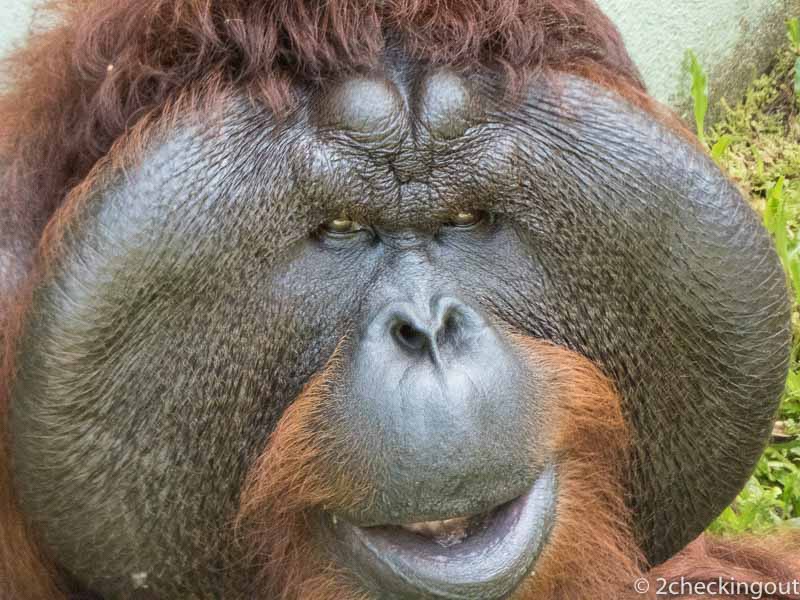
guide to Visiting Malaysia
The country of Malaysia is split across the Malay Peninsula and the island of Borneo. It shares Borneo with the Independent Sultanate of Brunei and Indonesia. Borneo is also the third largest island in the world, after Greenland and New Guinea.
Malaysia is known for its beaches, rainforests and mix of cultural influences such as Malay, Chinese, Indian, and European. Wildlife, particularly in Borneo, attracts nature lovers. Orangutan, or "man of the forest" in Malay, is human's closest relative and Asia’s only great ape. Orangutans can be found only in the wild in Borneo and Sumatra.*
The capital, Kuala Lumpur, is home to colonial buildings, many shopping malls, and skyscrapers such as the iconic Petronas Twin Towers. These famous towers are 451 metres high and are considered the world’s tallest "twin" buildings.
Fast Facts Malaysia
Malaysia’s currency is called the ringgit, which means "jagged" in Malay, and originally referred to the separated edges of Spanish silver dollars widely circulated in the region.*
Kuala Lumpur has recorded 200 rainy days in a year. The city of Kuching in Sarawak holds the unenviable record of rainy days in a year with 253.*
Malaysia’s national dish is nasi lemak, a fragrant rice dish cooked in coconut milk, often served wrapped in a banana leaf, and usually eaten for breakfast.*
Malaysia’s Kinabalu National Park is home to the parasitic Rafflesia arnoldii, or corpse flower. It totally embeds itself into the host plant and the only part that is visible is the flower. Its bloom can be up to 1 metre (3 feet) wide and weigh 6.8 kg (15 lbs).*
Malaysia’s Taman Negara (literally, "national park") is one of the oldest rainforests on Earth. At 130,000 million years, it is older than the tropical rainforests of the Amazon and the Congo Basins. It supports more than 10,000 species of plants, 1,000 types of butterflies, 140 types of animals, 350 bird species, 100 kinds of snakes, and 150,000 kinds of insects.*
In Malaysia, it is generally considered rude to point at people or things with the index finger. A bent index finger or thumb is used to point—or, rather, to knuckle—in the right direction.*
When to Go malaysia
Malaysia has a hot and humid climate year round, with tropical rain showers usually punctuating mid-afternoons. Temperatures typically sit around 30°C (86°F).
The main consideration when deciding to visit is the monsoon season, which particularly affects the east coast of Peninsular Malaysia and western Sarawak. Late November to mid-February sees heavy and prolonged rainfall. Seas can be rough.
It is also worth nothing that the east and west coasts mirror each other. It will usually be wet on the east coast between November and February, while the west coast will be sunny and dry. Conversely, during April to October the west coast is wet, and the east experiences its driest months.
The best time to visit is between March and early October, as you avoid the worst of the rain and it is less humid. There can be air pollution though from forest fires in Indonesia, leaving sky's hazy.
There are many festivals during the year which are worth attending such as Thaipusam (Jan), Sabah Fest (Feb) and Gawai Festival (June).
Our Posts on Malaysia
An amazing time staying at The Kebun at the edge of the Borneo Jungle and exploring the region. Borneo Adventures: Eye to Eye with the Borneo Orangutan
Large male Orangutan at Matangi Wildlife Park



